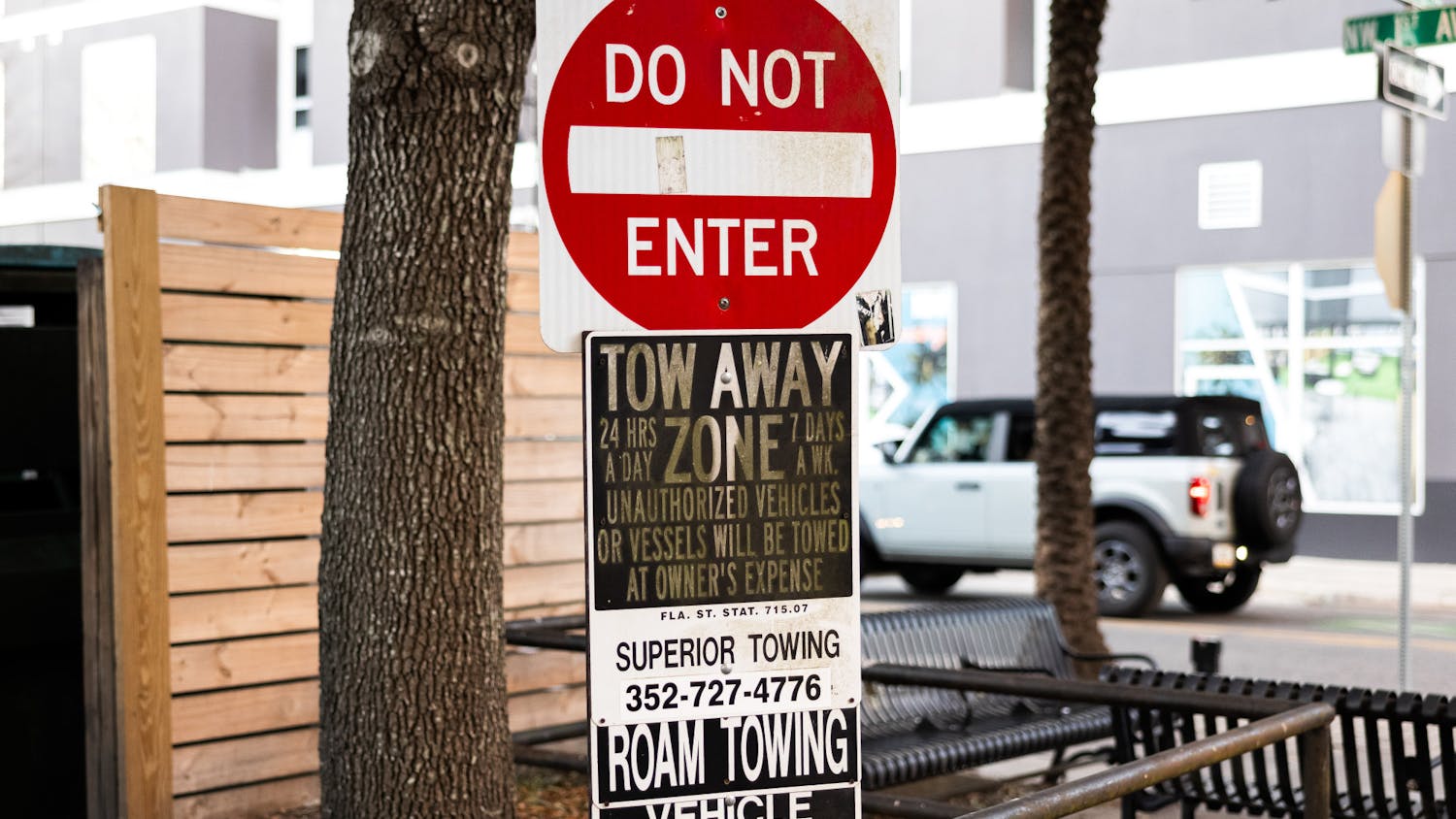Regional fungi and bacteria may be part of what makes wines unique, researchers recently reported, but some Gainesville wine connoisseurs say the information could detract from the drink’s romanticism.
A glass of wine from one region tastes different than a glass from another. Often, the differences in taste are credited to the “terroir,” how the climate affects the grapes’ growth. A team from the University of California found that wine-growing regions have patterns of fungi and bacteria that may be responsible for distinctive terroir taste. Researchers have established a way to prove that terroir exists and might have created a way to actually measure it.
But Randall Gersdorf, a food manager at Dorn’s Liquors & Wine Warehouse, said several factors impact wine beyond the science of microbes, and these findings may not be significant.
“There’s still a very strong sense of place when it comes to wine,” he said. “It’s something that would be preserved regardless of these new methods.”
However, it could hurt the wine industry if someone could possibly recreate some of the microbial content to simulate a region’s flavor. But Gersdorf said he doesn’t think it would be possible to perfectly replicate a wine from a different growing region.
Although most people don’t consider microbes when they think about wine, those found on grapes affect its rate of fermentation, which will also change the flavor of grapes, said Bob Dillon, general manager of Half Cork’d wine bar.
Dillon, who has 20 years of experience in the industry, said although he thinks fungus and microbes help define regional tastes, it’s something that may be too complicated for the everyday wine drinker.
“I think it takes away the romance of wine if you start talking about microbes and such instead of the mysticism of terroir,” Dillon said.
A version of this story ran on page 3 on 12/2/2013 under the headline "Researchers wine-ing about registered bacteria, fungi"





